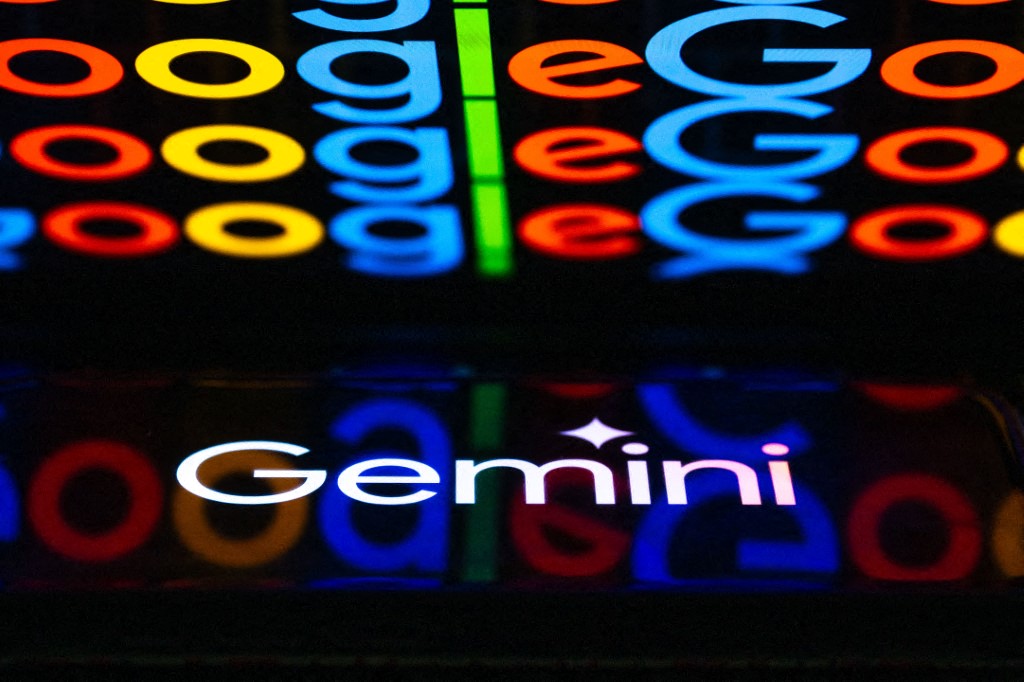Paris, France — Google said Wednesday it was adding its Gemini generative AI assistant to its smart home devices, saying users would be able to control them with natural language commands.
The new “Gemini for Home” feature “replaces the Google Assistant”, the previous system for managing the American tech giant’s domestic gadgets, the company said in a blog post.
Google’s displays, speakers, cameras and doorbells bought over the past 10 years would all be affected, the company said.
The company says the ability to command devices more easily in natural language rather than set phrases would mean people use them more.
It posted a video showing a user asking her smart speaker for a cooking recipe based on aviailable ingredients, before asking the AI assistant to modify the dish on the fly.
“Gemini can maintain conversational context, so you can have a real back-and-forth conversation without having to constantly repeat yourself,” Google said.
The company added that it aims in the future for other smart device makers to integrate Gemini into their products.
It announced a partnership scheme for connected cameras in a “first step” towards third-party integration, as well as welcoming retailer Walmart’s offering of two Gemini-enabled devices.
Other tech heavyweights pushing to bring more AI into people’s homes include Amazon, which on Tuesday announced a new generation of Echo smart speakers linked to its upgraded Alexa+ assistant — which is also supposed to enable smoother, more frequent interactions.
Many actors in the AI sector believe the technology will ultimately see computer usage move away from the smartphone that soared to dominance following the first-generation iPhone’s 2007 release.
Tech giants and insurgent startups alike are exploring smart speakers as well as earbuds, glasses, pendants and other form factors.
OpenAI is working on an as-yet unannounced device with Apple’s former chief designer Jony Ive, while the iPhone maker itself is reportedly working on a smart display on a robotic arm allowing it to swivel to face the user.







